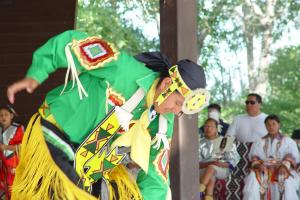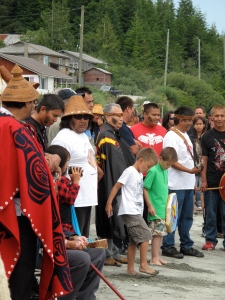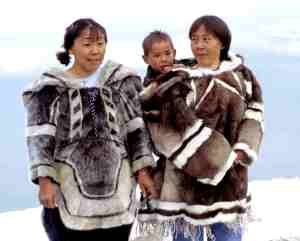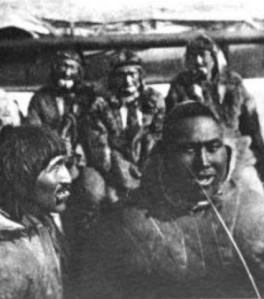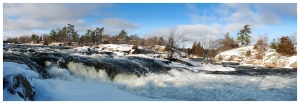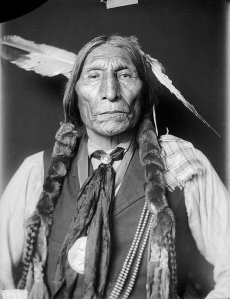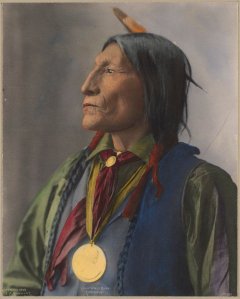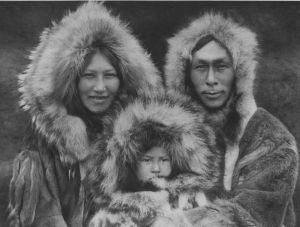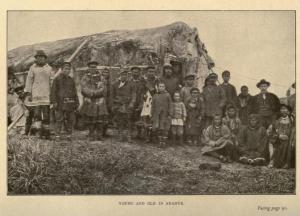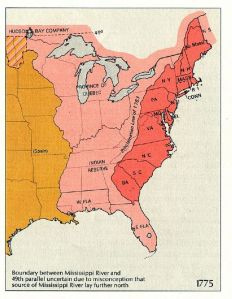The First Nations people of the Canada are part of a bigger group of people, known as the Aboriginals These people are the first inhabitants of Canada, and include the Metis, and the Inuit. In this post, we will be discussing about the First Nations and how they have impacted Canada and how we Canadians have impacted them.
The First Nations are communities of Aboriginal people who identify themselves as distinct cultural groups, who are the descendants of the original inhabitants of Canada and are neither Inuit or Metis. Each First Nations has its own name e.g. Sto: lo Nation or Musqueam nation.
The First Nations consider themselves as independent sovereign nations. They had various trade relationships with people around them. Different people from different tribes traded for commercial and peace-keeping reasons. These people value land/ property extremely. They had a stewardship relationship with their land, and had a people to land ratio. Unlike the European people, First Nations didn’t utilize metal, but used the abundant natural resources they had access to. From retrieving water to hunting, they used natural items to build and support themselves daily. Stories, culture, and tradition were passed down from elders to the children orally. There were no written work; everything was taught orally.
When the Europeans first came to Canada during the 17th and 18th century, they saw the land as “terra nullis,” or being completely empty. Not only that, the Europeans witnessed how the First Nations followed a complex religion. However, the First Nations people were cooperative people and welcomed the arrival of Europeans. For approximately 180 to 200 years, both the First Nations and the Europeans had a cooperative and collaborative relationship. The Europeans relied on the First Nations for various things, from navigation to food retrieval. First Nations people taught the Europeans about their land structure and about their daily lives and society. One of the biggest form of cooperation between these 2 groups of people was trading. The First Nations admired items brought from Europe and the Europeans were fascinated with the items the First Nations were able to build naturally. First Nations people traded items, such as metal, for fur, which the Europeans adored. There was intermarriages between the 2 groups of people. By doing so, this would keep the peace between the people as well as create and sustain a business opportunity with each other. The First Nations people considered themselves to be on par with the Europeans. However, the Europeans never really considered themselves equal to First Nations, but were essentially using them for their own benefits.
After about 200 years, the Europeans started to demand more fur items. But of course, more fur results in more animals being killed, which ultimately leads to extinction. So when fur became sparse, the First Nations started to supply the Europeans with their own food sources, which was the first thing they sold to Europeans (after fur became too difficult to retrieve). When the food sources became sparse as well, the First Nations now required money or some sort of currency to purchase items from the Europeans. This food source and money process continued for about 25 to 30 years.
Now, there was various incentives and reasons for the Europeans to arrive in Canada. First and foremost, Europe was undergoing various wars and diseases and to escape such troubles, they decided to cross the Pacific Ocean and settle in Canada. Not only that, Europeans from Canada were informing their home country about Canada and the vast land that is available (Europe was becoming extremely overcrowded during this time; massive population increase).
Eventually, the Europeans started to distant themselves from the First Nations. They didn’t require the assistance of the natives anymore, for they have become more or less educated in the land structure, food, water, etc. The First Nations still believed they are allies with the Europeans, but the Europeans thought otherwise.
As more Europeans continued to settle in Canada, they also brought along deadly diseases, such as small pox. This particular disease was rampant in Europe and as Europeans stormed into Canada, they were starting to spread the disease amongst the First Nations communities. Withing a 100 years of European migration to Canada, 50% to 80% of the First Nations population declined due to the disease brought in from Europe. The group of people that were most affected by the diseases were children and elders. This became a serious problem in the First Nations community. The children were the future generation and the elders were the source for knowledge, religion, culture, and tradition. Not only that, in First Nation communities, everyone had a particular job, from the children to parents to the elders. Having the
children and elders dying became a social and economic issue amongst the First Nations community. Trading amongst the Europeans further spread diseases in the First Nations community.
Eventually, Europeans became fully aware of their surrounding and had no reason to co-exist with the First Nations, thus they wanted to kill them all. One of their methods of killing them completely was by trading them “tainted” objects (e.g. diseases blankets) for trade, which would kill natives, one by one. Soon, it came to a point where the First Nations became week, in that their population had gone down substantially, and they had nothing to offer to the Europeans for trade; essentially, they became very weak.

